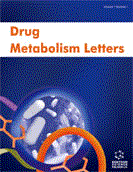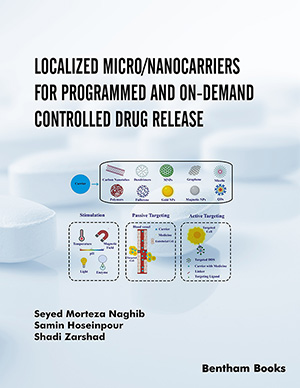Abstract
Metabolism of three different agro-pesticides widely used in Uruguay, the insecticides imidacloprid and thiamethoxam and the antiparasite nitroxinil, by bovine ruminal fluid, as supply of anaerobic microorganims, was studied. Complete ruminal fluid was incubated with each of the agrochemicals in different conditions, varying time, nutrients, and nitroethane supplementation as methanogenesis modificator. Only biotransformation was detected for nitroxinil in some of the studied variables. In the optimized condition only one product was generated and the chemical structure of this main metabolite was elucidated using combined spectroscopies evidencing a structural motive unrelated with the products of the corresponding mammal biotransformation results of reduction, and substitution processes. The ruminal generation of the metabolite was confirmed. In order to employ this anaerobic microbial system as potential bioremediator of agrochemical-contaminated soils, the toxicity, against mammal cells, and the mutagenicity, using Ames test, of the product of biotransformation were studied. The lack of toxic effects encouraged us to propose the ruminal system as a plausible system for agrochemicals bioremediation.
Keywords: Bioremediation cytotoxicity, bovine ruminal fluid, Imidacloprid, mutagenicity, Nitroxinil, Thiamethoxam.
 38
38














